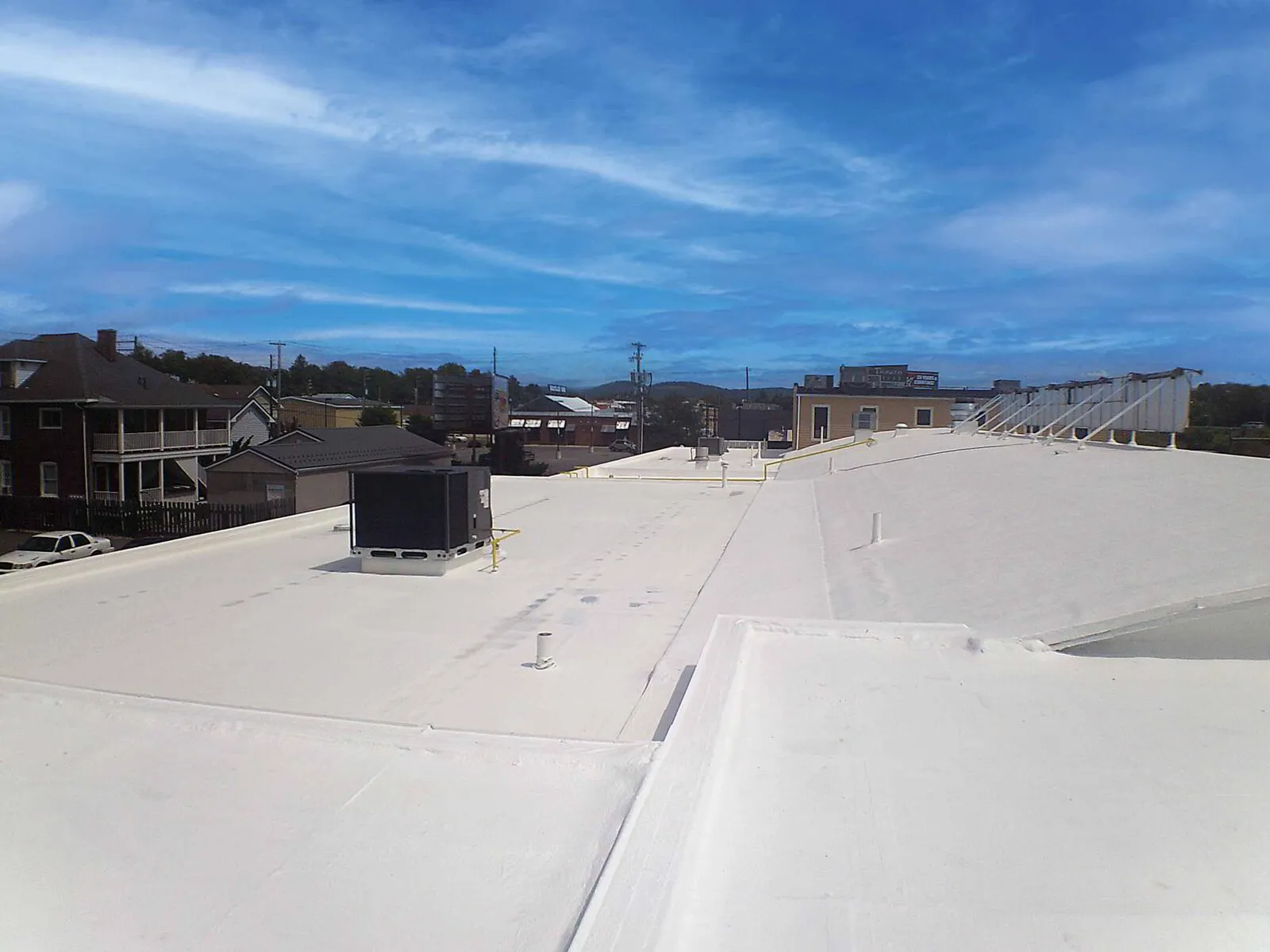What is a covering for a roof membrane?
Membrane coatings were made to prevent leaks and any other problems that come with standard roofing systems. Some of the problems are that they do not last as long, they cost more to maintain, and they do not close well at the seams. The membrane treatment method is used on a number of roofs that were already there.
- PVC is a type of plastic.
- TPO stands for thermoplastic polyolefin.
- TPE stands for thermoplastic polyolefin elastomer.
- EPDM stands for Propylene Ethylene Diene Monomer.
Why are roofs with membrane coatings important?
Old, worn roofs are more likely to get any kind of damage, including water damage. Also, if you do not do the necessary upkeep, it will only be a matter of time before your building has leaks and mold. It might be inconvenient to have your roof rebuilt, but fixing your roof will not solve the problem completely. In this case, it might be best to have our luxury roof membrane coating system put in place.
After the roof has been properly prepared, a skilled worker from New Level Roofing will use heavy-duty sprayers to put on the membrane coating system. After the coating has dried, it will have a surface that is highly reflective and can also resist water. Read on to find out about more great perks.
A smooth and uniform layer
Using a spray cannon, a membrane coating is sprayed on the roof, fully covering the surface. It will be sprayed so that it makes a single, smooth covering with no seams, holes, or joints. New Level Roofing will handle this for you. As a result, the membrane coating system can cover and protect even the most vulnerable parts of your roof.
A setup that is simple and easy to understand
In contrast to replacing a roof, membrane roof painting does not require the old roof to be taken off. The coating is put on top of a membrane that is already on the roof. This saves time that would have been spent pulling off the old roof and throwing it away.
Excellent resistance to water absorption
Membrane coats are very good at keeping water out because they go on smoothly and evenly. Different kinds of membranes can be used to cover things. Also, this method of coating a flexible roof may grow and shrink as the structure grows and contracts due to changes in temperature. This means that there is no chance of damage or leakage.
Longevity
A membrane coating method could make your roof last much longer and save you money on energy costs. If you take care of this high-end roofing choice, it should last for 10 years before you need to recoat it, which will add another 10 years to the roof’s life.


